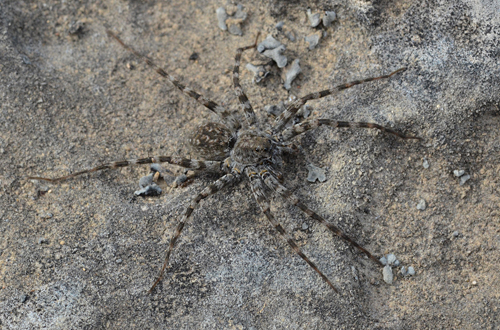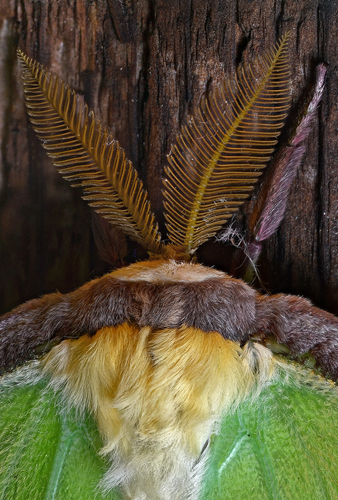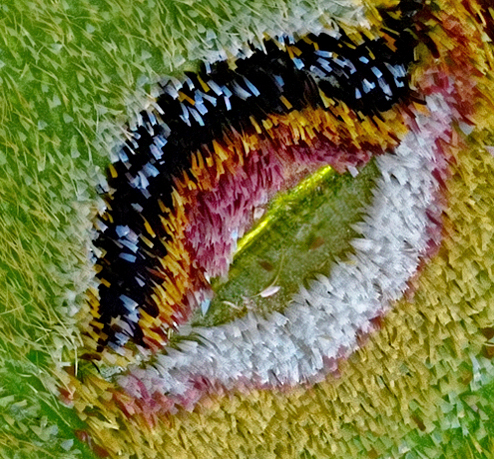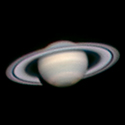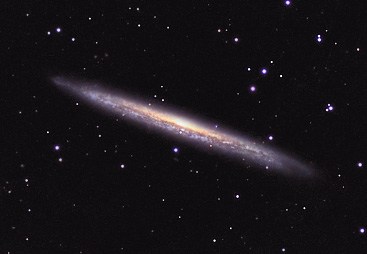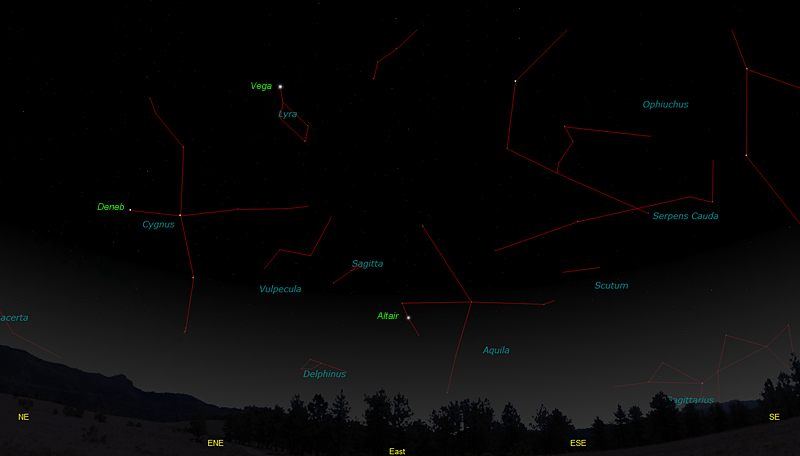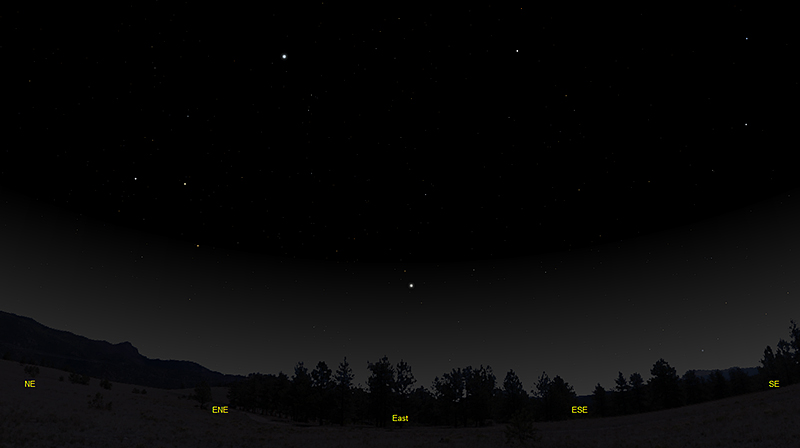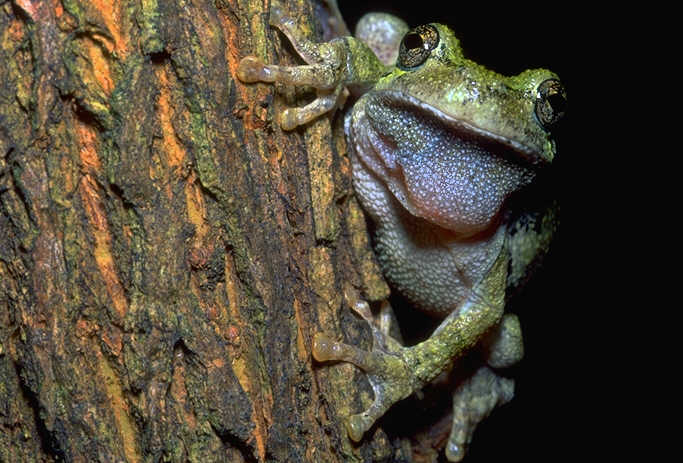The purpose of this feature is to give scout leaders, educators and naturalists an idea of some of the natural events coming up each month. We will try to cover a variety of natural events ranging from sky events to calling periods of amphibians, bird and mammal watching tips, prominent wildflowers and anything else that comes to mind. We will also note prominent constellations appearing over the eastern horizon at mid-evening each month for our area for those who would like to learn the constellations. If you have suggestions for other types of natural information you would like to see added to this calendar, let us know! Note: You can click on the hyperlinks to learn more about some of the featured items. To return to the Calendar, hit the "back" button on your browser, NOT the "back" button on the web page. All charts are available in a "printer friendly" mode, with black stars on a white background. Left clicking on each chart will take you to a printable black and white image. Please note that images on these pages are meant to be displayed at 100%. If your browser zooms into a higher magnification than that, the images may lose quality. Though we link book references to nationwide sources, we encourage you to support your local book store whenever possible. Notes and Images From May 2013
We visited Couchville Glade Natural Area on May 15th. There is a short loop trail that winds through the glade and we found this fishing spider looking very much at home foraging on the limestone rocks bordering a small stream. Much more detail can be seen by clicking on the image at right to see the larger version of the shot. These spiders look for prey along borders of streams and ponds and sometimes snatch prey from the water's surface. Small insects, worms, other spiders, tadpoles and even small frogs are included in their diet. According to one source, they will partially submerge themselves underwater for brief periods of time to catch aquatic prey.
Later in our walk we came across this Juniper Hairstreak feeding on Glade Stonecrop. This butterfly was quite cooperative, not seeming to mind our presence as it fed voraciously on the stonecrop, going from flower to flower for the entire time we were there. This one was a little worse for wear and tear, but beautiful all the same. This species lays its eggs on cedars, so it's quite at home in the glade habitat. You can click on the image above to see a higher resolution version of the image.
I've been spending some time recently learning the computer code necessary to build and program a micro controller for macro imaging. Why a micro controller? In macro imaging you often encounter very narrow depths of field. It's tough to get all of the image in focus at high magnifications. The micro controller controls a stepper motor that drives the camera along a rail in very small increments, taking an image, moving the camera a short distance, taking another image, and repeating the process until the focal plane has moved from one side of the subject to the other. Stepper motors are extremely precise in their movements, and are ideal for this purpose. After a series of images is completed, computer software is used to combine the sharpest parts of all of the images into one image with an extended depth of field. I put my rail together over Memorial Day weekend, and on Monday morning we discovered a Luna Moth roosting right beside our front door. Even though I hadn't finished the electronics on the rail, I couldn't resist manually taking a series of images. I took one series of the moth's head, looking down from above, and one series of one of the moth's characteristic forewing spots.
In the head shot, notice how the top of the moth's head and the wooden wall are both in focus, as well as the antennae. The shot at left is a crop from a larger shot of the wing and shows the individual scales that make up the patterns of the forewing spot. The actual size of the spot was only an eighth of an inch across. Both the hair-like scales and the more flattened scales are visible, as well as the bare central area. We were fortunate to encounter this moth, and also fortunate that it did not move during the imaging process, another requirement of this type of photography. Luna Moths live only about one week as adults. They have only vestigial mouth parts, and do not eat at all during the adult phase. Our Luna Moth was gone the following morning.
Sky Events for June 2013: The Sun is at the Summer Solstice at 12:04am CDT on June 21st, marking the beginning of summer in the Northern Hemisphere, and the longest day of the year. Due to a number of factors the earliest sunrise occurs about 2 weeks before the solstice and the latest sunset occurs about two weeks after the solstice. Evening Sky:
Saturn is due south in the early evening at the beginning of June, about 42 degrees above the horizon, in Virgo. The rings are open to around 19 degrees, giving a beautiful view of the very dark Cassini's Division. This is a terrific time to view Saturn in any size telescope. The first part of June offers a chance to use bright Venus to help locate Mercury in the western sky after sunset. A good time to look for them is from 30 to 40 minutes after sunset. On June 1st, Mercury, Venus and Jupiter are in a straight line, with Mercury above and to the left of Venus and Jupiter low and to the right of Venus. Jupiter will disappear into the twilight glow during the first week of the month, but the first three weeks of June is a good time to watch the changing positions of Mercury and Venus. The largest full Moon of the year occurs on the evening of June 22nd. All times noted in the Sky Events are for Franklin, Tennessee and are Central Daylight Time.
Constellations: The views below show the sky looking east at 10:00pm CDT on June 15th. The first view shows the sky with the constellation outlined and names depicted. Star and planet names are in green. Constellation names are in blue. The second view shows the same scene without labels. New constellations this month in the eastern sky are Lyra, the Lyre, with it's bright star Vega, Cygnus, the Swan, and Aquila, the Eagle. The bright stars Vega, Deneb and Altair form the "summer triangle." Looking to the north, the edge-on galaxy NGC 5907 rides high above the Little Dipper in Draco. This galaxy was discovered in 1788 by William Herschel. Most estimates place it at a distance of around 40 million light-years. Using averted vision, I've seen it as a faint narrow streak of light in my 85mm Televue refractor. A 6 inch telescope will give you a better view. As with all deep sky objects, you need a clear dark sky.
On Learning the Constellations: We advise learning a few constellations each month, and then following them through the seasons. Once you associate a particular constellation coming over the eastern horizon at a certain time of year, you may start thinking about it like an old friend, looking forward to its arrival each season. The stars in the evening scene above, for instance, will always be in the same place relative to the horizon at the same time and date each June. Of course, the planets do move slowly through the constellations, but with practice you will learn to identify them from their appearance. In particular, learn the brightest stars (like Altair and Vega in the above scene looking east), for they will guide you to the fainter stars. Once you can locate the more prominent constellations, you can "branch out" to other constellations around them. It may take you a little while to get a sense of scale, to translate what you see on the computer screen or what you see on the page of a book to what you see in the sky. Look for patterns, like the stars that make up the constellation Lyra. The earth's rotation causes the constellations to appear to move across the sky just as the sun and the moon appear to do. If you go outside earlier than the time shown on the charts, the constellations will be lower to the eastern horizon. If you observe later, they will have climbed higher. As each season progresses, the earth's motion around the sun causes the constellations to appear a little farther towards the west each night for any given time of night. If you want to see where the constellations in the above figures will be on July 15th at 10:00pm CDT, you can stay up till 12:00am CDT on June 15th and get a preview. The westward motion of the constellations is equivalent to two hours per month. Recommended: Sky & Telescope's Pocket Star Atlas is beautiful, compact star atlas. A good book to learn the constellations is Patterns in the Sky, by Hewitt-White. You may also want to check out at H. A. Rey's classic, The Stars, A New Way to See Them. For skywatching tips, an inexpensive good guide is Secrets of Stargazing, by Becky Ramotowski. A good general reference book on astronomy is the Peterson
Field Guide,
A Field Guide to the Stars and Planets, by Pasachoff. The book retails for around $14.00. Starry Night has several software programs for learning the night sky. Visit the Starry Night web site at www.starrynight.com for details. The Virtual Moon Atlas is a terrific way to learn the surface features of the Moon. And it's free software. You can download the Virtual Moon Atlas here. Cartes du Ciel (described in the monthly notes above) is a great program for finding your way around the sky. It is also free, and can be downloaded here. Apps: We really love the Sky Safari 3 Pro application described here. For upcoming events, the Sky Week application is quite nice. Both apps are available for both I-phone and Android operating systems. Amphibians:
In June the treefrogs really hit their stride. Listen for Cope's Gray Treefrogs, Gray Treefrogs, Bird-Voiced Treefrogs, Green Treefrogs and Barking Treefrogs. Northern Cricket Frogs and Southern Cricket Frogs call a lot during June, and the calls of Bullfrogs, Green Frogs and Fowler's Toads fill the night air. After heavy rains listen for the high, insect-like call of the Eastern Narrowmouth Toad and the strange-sounding Eastern Spadefoot. Recommended: The Frogs and Toads of North America, Lang Elliott, Houghton Mifflin Co. Birds: Now is a good time to get to know the breeding birds of Tennessee. It's fun to take a trip to the Great Smoky Mountains National Park in June and hike a high altitude trail, like the Alum Cave Bluff trail. By doing so you can encounter birds that breed in Tennessee at these higher elevations, like Black-throated Blue Warblers, Canada Warblers, Chestnut-sided Warblers and Blackburnian Warblers. Recommended: The Sibley Guide to Birds, David Allen Sibley The Sibley Guide to Birds of Eastern North America, David Allen Sibley An inexpensive guide for beginners is the Golden Guide for Birds. Archives (Remember to use the back button on your browser, NOT the back button on the web page!) Natural Calendar February 2013 Natural Calendar December 2012 Natural Calendar November 2012 Natural Calendar September 2012 Natural Calendar February 2012 Natural Calendar December 2011 Natural Calendar November 2011 Natural Calendar September 2011 Natural Calendar February 2011 Natural Calendar December 2010 Natural Calendar November 2010 Natural Calendar September 2010 Natural Calendar February 2010 Natural Calendar December 2009 Natural Calendar November 2009 Natural Calendar September 2009 Natural Calendar February 2009 Natural Calendar December 2008 Natural Calendar November 2008 Natural Calendar September 2008 Natural Calendar February 2008 Natural Calendar December 2007 Natural Calendar November 2007 Natural Calendar September 2007 Natural Calendar February 2007 Natural Calendar December 2006 Natural Calendar November 2006 Natural Calendar September 2006 Natural Calendar February 2006
Natural Calendar December 2005
Natural Calendar November 2005
Natural Calendar September 2005
Natural Calendar February 2005
Natural Calendar December 2004
Natural Calendar November 2004
Natural Calendar September 2004
Natural Calendar February 2004
Natural Calendar December 2003
Natural Calendar November 2003
Natural Calendar September 2003 Natural Calendar February 2003 Natural Calendar December 2002 Natural Calendar November 2002 Nature Notes Archives: Nature Notes was a page we published in 2001 and 2002 containing our observations about everything from the northern lights display of November 2001 to frog and salamander egg masses. Night scenes prepared with The Sky Professional from Software Bisque All images and recordings © 2013 Leaps |
|||||||||||||||
